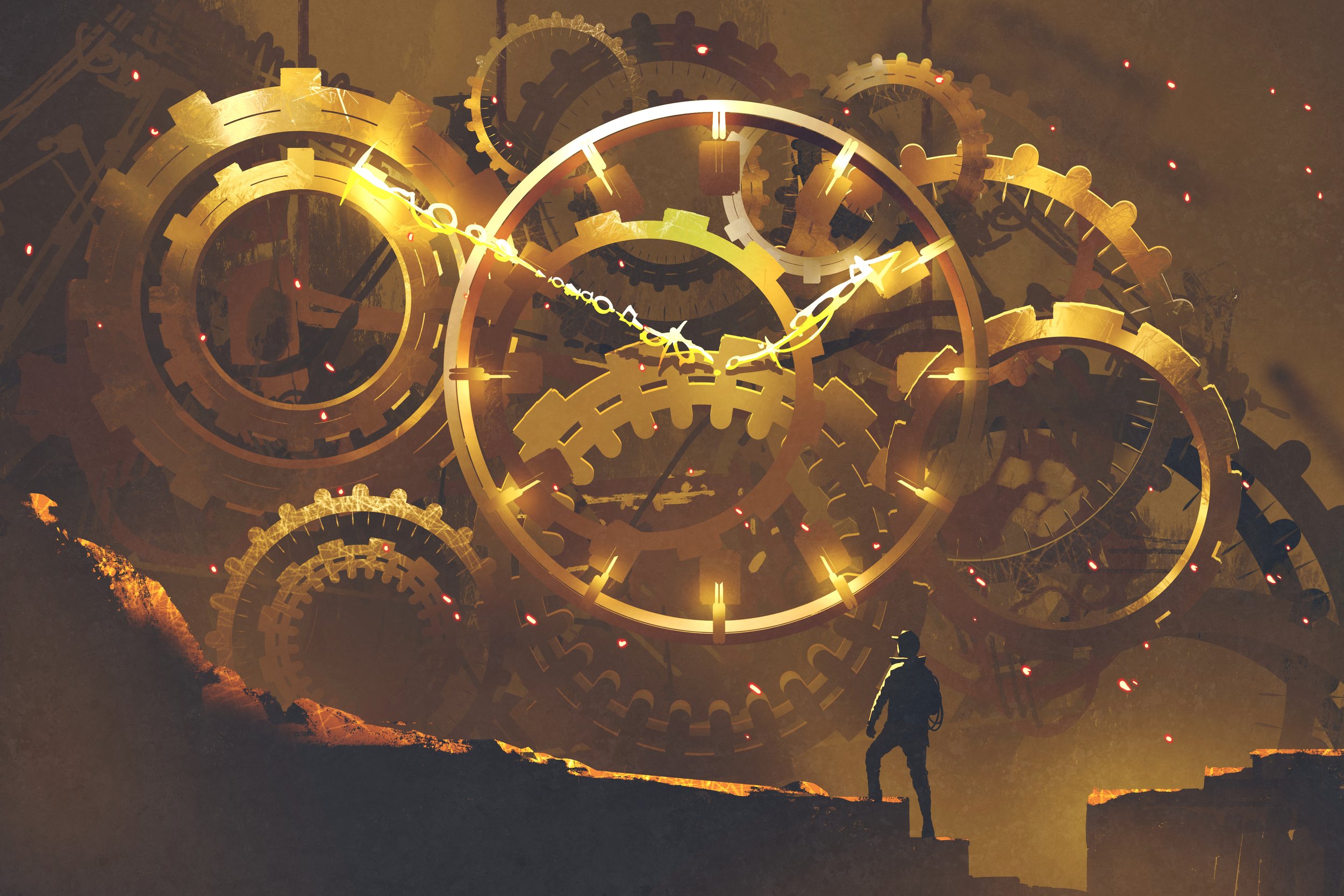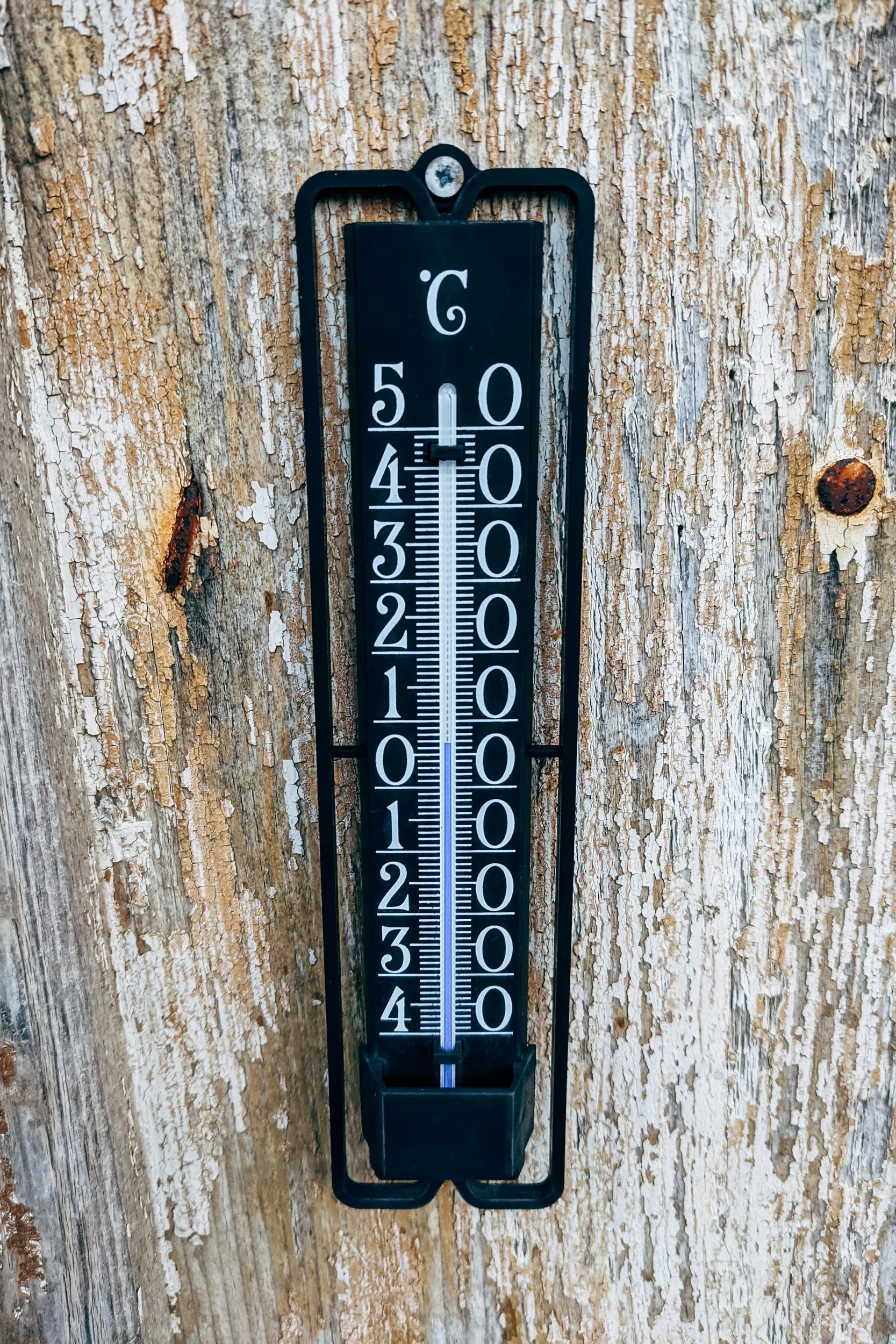How to Be a Time Wizard - Part One - Can We Change Our Perception of Time?
What if we could speed up those boring work or school days and be able to change how fast time moves for us?
This is Part One of How to Change Our Perception of Time
This article includes affiliate links. If you purchase through an affiliate link, I earn a small amount from qualifying purchases.
Have you had a day that dragged on forever? Or maybe felt like you’ve done a whole week’s worth of work and realized that it’s only Tuesday? And yet, in the same two-day period, those fun weekends just fly by in a flash? Wouldn’t it be amazing if we could control and manipulate time like Dr. Strange? Or be a time wizard, slowing down the good parts and speeding up time when we want? Can we change time?
Time is Relative
Einstein is famous for his idea that time is relative based on the observer’s reference point. In his theory of special relativity, he describes how time slows down as the speed of an object approaches the speed of light. This time dilation happens to objects moving great distances and at high speeds.
While time dilation exists, the changes we may personally encounter are incredibly minuscule. An interesting example is the case of the astronaut Scott Kelly. He spent 520 days in space aboard the space station, rotating around the Earth every 90 minutes. While Scott was traveling around the planet at 28K km/hr, his twin brother, Mark, was back planet side, traveling no fast than the speed of his car. After almost two years, the difference in their speeds created a time dilation between them. The two brothers that were previously 6 minutes apart in age now are 6 minutes and five milliseconds apart.
But with such an insignificant difference that most of us can’t move at those speeds, actual time dilation is beyond the realm of possibility for most of us. If we can’t physically alter time, can we change how we mentally perceive it?
The science says that yes, we can. How we mentally see time changes. Just as our mind convinces us that a dull day drags on or a day of fun and having a great time is over too soon, our perception of time is relative. And like a magic trick, we can harness these mental functions to help speed up or slow down our sense of time.
“Time and space are not conditions of existence, time and space is a model for thinking.”
- Einstein
Speeding Up Time
How many of us have wished the work week would go faster? Or that planned vacation we’ve been looking forward to would arrive sooner?
I can remember sitting in school, staring at the clock on the wall, willing it to move. And yet those last ten minutes of the day would just linger. Each time I glanced at the clock, the hands had stayed the same. It was like time was frozen, mocking me, forever ten minutes before the bell. How I wished for some bit of magic to make time go faster!
Here are some of the ways, according to science, that we can change our perception of time to make it appear to go faster.
Make it a Habit
Our brains love a good habit. We don’t have to think about it so much by doing the same thing over and over again. Our minds can switch to autopilot. And without the constant thoughts and attention to what we’re doing, we feel like time is moving faster.
A 2003 study in the Journal of Experimental Psychology found that participants felt when completing routine activities, the time spent was shorter than when working on newer or more complicated tasks. Think about the first day you did something new, maybe walked or drove somewhere. Now think about the 100th time you did that same action. Day after day, it becomes routine. And after repeating the same action over and over, it doesn’t seem to take as long or feel that the distance is so great. But the actual time to complete it nor the distance have changed. It is only our perception that the time spent is less. And therefore, while we’re engaging in it, we feel that time is moving faster.
If you’re struggling to get through a long work day or boring school session, set up habits and routines. Take regular breaks and have lunch at the same time every day. Set up routines in your workflow where possible. It may sound boring, but those little changes give our brains time off and let us feel the time is going faster.
Looking for help to make good habits, check out one of these 10 Roleplaying Gamification Apps to Add Some Adventure to Your Day-To-Day to help make those habits stick.
“They always say time changes things, but you actually have to change them yourself.”
- Andy Warhol
Do That Thing And Get It Done
There is a business task management technique called Eat the Frog. Invented by Brian Tracy, the concept is to work on the most important task first thing in the day. But how does this relate to speeding up the work day?
Instead of focusing on the most important task, we first work on the most unpleasant task. By doing so, we avoid having it hang over us for the rest of the day. When the future holds something negative or something we don’t want to do, we are more likely to fixate on it. And naturally, focus on the time between now and when we have to do that thing. But these fixation lengths out that feeling of time duration and makes it feel like it’s going slower.
But by just doing that thing we’ve been dreading, we remove this fixation. And if we aren’t waiting for it, the day may feel like going faster.
“The time for action is now. It’s never too late to do something.”
- Antoine de Saint-Exupery
Get in the Flow
Have you ever been so absorbed in a project that time just flies by? If so, you were probably in the flow, a state of complete focus. According to flow creator and psychologist Mihaly Csikszentmihalyi, being in the flow state is about: “Being completely involved in an activity for its own sake. The ego falls away. Time flies. Every action, movement, and thought follows inevitably from the previous one.”
The flow state is the opposite of boredom. It tends to happen when we are working on things that we are passionate about. But while it may be easy to achieve when working on something that we love, how can we create a similar state when working on something that isn’t a passion project?
According to Csikszentmihalyi, there are a few things that we can do to help us reach this flow state.
First, eliminate distractions that may pull you away once you start working. It might be silencing your phone and notifications or using headphones to avoid the noise around you.
Next, figure out your goal. This will help focus your attention, and having a clear and definable goal is one of the defining elements of being in the flow state.
Set the challenge level. If something is too easy, we get bored, while if it’s too difficult, we get frustrated. One key to entering the flow state is setting the challenge to match our skill level. If something feels too hard, try breaking it into smaller, simpler pieces. While if you find that you’re getting bored quickly, try to alternate between more challenging and simpler tasks to keep your brain on track.
Lastly, our minds can’t stay in that state permanently. It’s important to schedule breaks for rest to avoid becoming overwhelmed or burnt out. Maintaining a schedule of focused time blocks during the day can help balance between times of intense work and mental breaks.
Working in the flow helps you achieve your work goals and makes time seem to fly by much faster.
“If we take care of the moments, the years will take care of themselves.”
- Maria Edgeworth
Find the Fun
We don’t usually want the time to end when we’re having a good time. And yet, before you know it, the party is over, and we’re back to the day-to-day. But why does having fun speed up our sense of time?
When we’re doing something we enjoy, our brains release dopamine, the so-called happiness hormone. According to an article in Science, this dopamine release influences our internal clock. And with higher levels in our system, our sense of time speeds up. While, when we’re bored and have lower levels of dopamine, our internal sense of time is slower.
How can we add more fun to our day to boost our dopamine levels? Mix up your routine to add some more activities that you enjoy. Enjoy socialization? Take a break with a friendly colleague. Spend your lunch break watching funny videos. Or try adding some elements of gamification to make mundane tasks more exciting. (Check out The Science Behind Gamification and Why It’s a Powerful Tool for Mental Health and 10 Roleplaying Gamification Apps to Add Some Adventure to Your Day-To-Day.)
“December is here before it’s June. My goodness, how the time has flown. How did it get so late so soon?”
- Dr. Seuss
Do More
On busy days, it’s hard to think that the answer to making the day go faster is to try to pack in more activities, but there may be something to it.
A 2015 review in Psychology Today discussed studies on the connection between activity level and time perception. Across multiple research projects, participants underestimate the time spent on an activity when they are busy. In one, without a time point of reference, the participant underestimated the length spent by several days.
When we’re busy, we are less aware of the passage of time as our minds are working on the activities that we’re engaged in. If you find yourself bored with little to do during the day, time really will drag on. The best answer may be to give your mind something to do instead. But be careful not to overload it. Breaks and downtime are essential to avoid burnout and fatigue.
As a tip, the next time you find yourself stuck in a long line with nothing to do, try spending it surfing the web or playing a mobile game and see if it doesn’t feel like the line moves a faster.
“Determine never to be idle. No person will have occasion to complain of the want of time who never loses any. It is wonderful how much can be done if we are always doing. “
- Thomas Jefferson
Bring on the Caffeine
Coffee and caffeine are part of our work day culture. For many of us, it’s the go-to when we’re tired or need a pick-me-up to get through a long day. But some research shows caffeine can make our day go faster as well.
A 2005 study with Stanford University found that caffeine levels influenced participants’ prospective timing when they were completing a relatively difficult task. However, if performing a passive and easy activity, there was no difference in the sensation of time. Coffee can help us get through the day faster, but only if we are working on more challenging activities.
But before you drink another coffee to make the day rush by, it should be noted that a 2008 study found that too much caffeine will produce the opposite effect and make the day drag longer. Like many things, take your coffee in moderation to see the best benefits for speeding up your day.
“Time is the longest distance between two places.”
- Tennessee Williams
Warm It Up
One of the strangest ways that we can perceivably speed up our day is by warming up. A 2019 study in Nature found that our core body temperature influences our internal clock and our perception of time. Researchers found that warmer core temperatures produce faster temporal processing and speed up our internal clock. Another study reviewed the time perception of divers in frigid temperatures. They discovered divers had a slowed time dilation effect with the colder body core temps.
Most of us are unlikely to dramatically raise or lower our temperatures during the course of a slow work day. But it may be reason enough to turn up that heat just a little more in the colder months to get through our day.
“Time is relative; its only worth depends upon what we do as it is passing.”
- Einstein
Change Your Clock
One of the worst feelings when the day is dragging, is when you check the clock, only to find it frozen in time. There is a name for this phenomenon, simply called the “stopped-clock illusion.” It’s due to our brain’s ability to anticipate an outcome.
Our brains strive for efficiency and work to speed up our processing time. They prepare the nerves of our eyes for what is expected to be seen. This anticipatory reflex is useful for protection in dangerous situations but not so good at clock watching. When we feel like time is dragging, our minds may assume more time has passed than actually has. Our brains anticipate that the clock has changed and moved forward. But if, in reality, those sixty seconds haven’t passed yet, it will appear as if “time is frozen.”
We can stop looking at the clock to make the day go by faster. Just as the adage “a watched pot never boils,” the anticipation of something can slow down our time perception. Even acknowledging the idea of time will focus our brains on anticipatory action. One of the easiest ways to make time seem to go faster is to stop looking at the clock. Without a time-tracker, humans regularly underestimate the amount of time passing during lengthy activities.
But what about when we need to see a clock to keep track of the time? Researchers recommend setting the alarm instead of clock watching to help maintain a flow work state. Schedule focused blocks of 25 to 90 minutes, with an alarm to notify you when it’s time to take a break. Or have a notification go off a few minutes before a meeting instead of watching the clock in anticipation.
However, scientists have found that under certain circumstances, watching the clock can actually help us feel that less time is passing. But we have to have the right type of clock to do so.
If you’ve ever counted down the days to a special holiday or yelled out the last ten seconds of the year before midnight, you’re familiar with a countdown timer. In a 2018 study, researchers looked at different types of countdown clocks and how they impacted participants’ perception of time passing. In the study, three clocks counted down 15 seconds, but one was a countdown of 5 ticks, another 10, and the third was 15. Each measured the same time duration, only counted down faster or slower based on the numeric interval.
When participants viewed the 15-count clock, they recorded that less time had passed than the others. Though in truth, the times between all clocks were identical. Not only did they feel these clocks were faster, but researchers found that participants exercised more patience during the waiting time as well.
Most of us do not have access to clocks that can change the countdown interval of how it measures days, hours, or minutes. However, we can add more information to our timers to give the illusion of a faster countdown. If you want to set a time for an event or even the end of the day, try adding more digits. Don’t just use a timer to count down the days or hours; include the minutes or even seconds. Visually, we’ll focus on these faster changes and trick our minds into thinking it’s moved than it actually has.
“Time is an illusion. Lunchtime doubly so.”
- Douglas Adams
Keep on Time
Some days, it would be nice to make that clock go faster and speed through the day. But we’re not Dr. Strange and don’t have access to a time crystal of our own. And while we can’t actually change time, we can change how we mentally perceive it. And even without magic, we can make that long day go by like a breeze.
Want to know more about how we can change our perception of time?
Check out part two of this series here.
Author:
Laurie Trueblood is a writer and life coach that enjoys fantasy, science, psychology, and everything nerdy. As the founder of Adventures to Authenticity, her mission is to help others level up and become the best versions of themselves.
Find more on becoming a motivation and productivity: Check out 10 Ways to Get Out of the Quicksand of Procrastination and How To Stay Motivated When It Feels Like You’re Not Making Any Progress
















